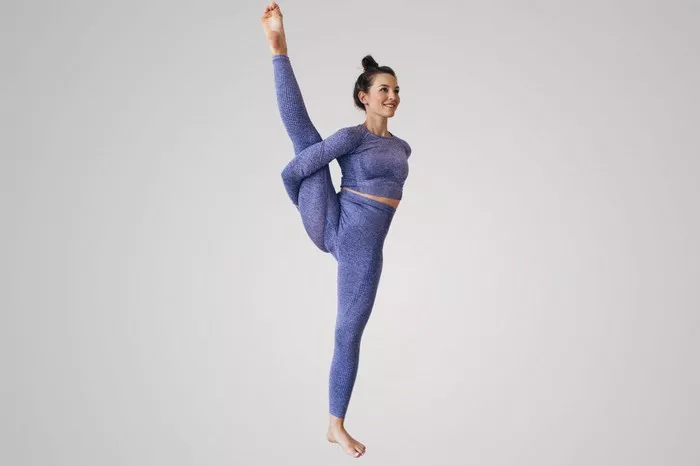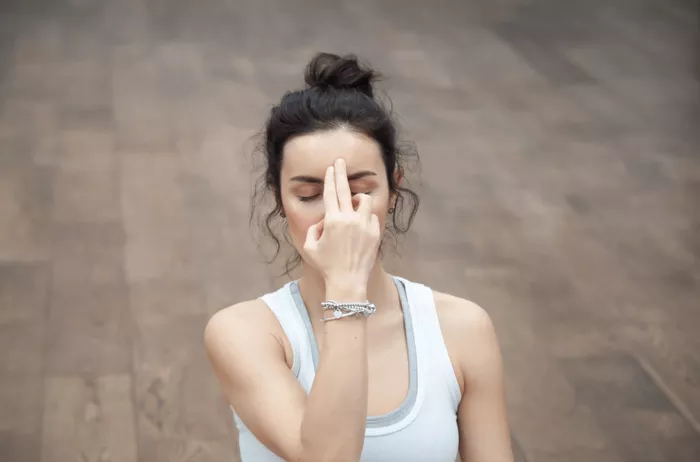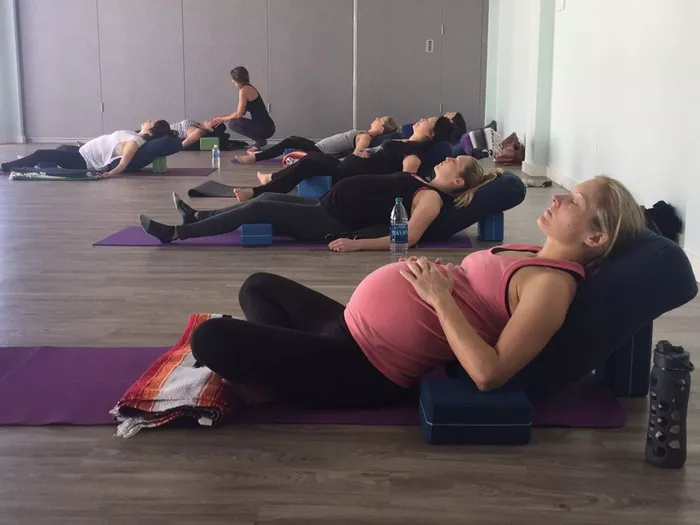Hot stone restorative yoga is a unique and holistic practice that combines the therapeutic benefits of hot stones with the gentle, healing poses of restorative yoga. This innovative fusion aims to promote deep relaxation, alleviate stress, and enhance physical and emotional well-being. In this comprehensive guide, we will explore the origins, benefits, techniques, and practical applications of hot stone restorative yoga. Whether you are a seasoned yogi or a beginner seeking to enhance your practice, this guide will provide valuable insights and practical tips to help you integrate this soothing and restorative approach into your wellness routine.
The Origins of Hot Stone Restorative Yoga
The History of Hot Stones in Healing Practices
The use of hot stones for healing dates back thousands of years and spans various cultures. Ancient civilizations, including the Chinese, Native Americans, and the Mayans, utilized heated stones for their therapeutic properties. These stones were often placed on specific points of the body to relieve pain, improve circulation, and promote relaxation. The practice eventually evolved into modern hot stone massage therapy, which is widely used in spas and wellness centers today.
The Emergence of Restorative Yoga
Restorative yoga, on the other hand, has its roots in the traditional practice of yoga. It was developed by B.K.S. Iyengar, a renowned yoga teacher, who emphasized the use of props to support the body in various poses, allowing for deep relaxation and healing. Restorative yoga aims to activate the parasympathetic nervous system, which helps reduce stress and promotes overall well-being. By combining the ancient practice of hot stones with restorative yoga, practitioners can experience the best of both worlds: the deep relaxation of restorative poses and the therapeutic benefits of heat.
Benefits of Hot Stone Restorative Yoga
Physical Benefits
Muscle Relaxation: The heat from the stones helps to relax muscles, making it easier to stretch and release tension. This can be particularly beneficial for individuals with chronic pain or tight muscles.
Improved Circulation: The warmth from the stones stimulates blood flow, which can enhance oxygen and nutrient delivery to tissues and promote healing.
Pain Relief: The combination of heat and gentle stretching can alleviate pain associated with conditions such as arthritis, fibromyalgia, and muscle spasms.
Enhanced Flexibility: The heat allows for deeper stretches, improving overall flexibility and range of motion.
Mental and Emotional Benefits
Stress Reduction: The soothing heat and gentle poses activate the parasympathetic nervous system, reducing stress and promoting relaxation.
Improved Sleep: Regular practice can help regulate sleep patterns, leading to better quality sleep.
Emotional Balance: The deep relaxation achieved through hot stone restorative yoga can help release stored emotions, leading to a greater sense of emotional balance and well-being.
Mindfulness and Presence: The practice encourages mindfulness and being present in the moment, which can improve overall mental clarity and focus.
See Also: 45 Minutes Restorative Yoga
Spiritual Benefits
Deepened Meditation: The combination of heat and relaxation can deepen meditation practice, allowing for a greater connection to the inner self.
Chakra Balancing: Hot stones can be placed on specific chakra points to help balance the body’s energy centers, promoting overall harmony and well-being.
Enhanced Energy Flow: The practice can help remove blockages in the body’s energy channels, allowing for a smoother flow of vital energy (prana).
Techniques and Practices in Hot Stone Restorative Yoga
Setting Up the Space
Creating a serene and comfortable environment is essential for hot stone restorative yoga. Here are some tips for setting up your space:
Warm and Quiet: Ensure the room is warm and quiet, free from distractions.
Soft Lighting: Use dim lighting or candles to create a calming atmosphere.
Props and Equipment: Gather necessary props such as yoga mats, bolsters, blankets, and eye pillows. You will also need a set of smooth, flat stones that can be heated.
Music and Aromatherapy: Consider playing soft, calming music and using essential oils to enhance relaxation.
Heating the Stones
Properly heating the stones is crucial for a safe and effective practice. Here’s how to do it:
Choose the Right Stones: Use smooth, flat stones that can retain heat well. Basalt stones are commonly used due to their high iron content and heat retention properties.
Heat Source: Use a professional stone heater or a slow cooker to heat the stones. Ensure the temperature is comfortable to touch, typically between 120°F to 130°F (49°C to 54°C).
Safety Check: Always check the temperature of the stones before placing them on the body to prevent burns. Wrap the stones in a cloth if needed to reduce direct heat.
Incorporating Hot Stones into Restorative Poses
Hot stones can be used in various restorative poses to enhance the therapeutic effects. Here are some examples:
Supported Child’s Pose (Balasana): Place a stone on the lower back to release tension and promote relaxation.
Reclining Bound Angle Pose (Supta Baddha Konasana): Place stones on the hips and abdomen to ease digestive issues and lower back pain.
Supported Bridge Pose (Setu Bandhasana): Place a stone on the lower abdomen to calm the nervous system and relieve menstrual discomfort.
Supported Forward Bend (Paschimottanasana): Place stones on the thighs to deepen the stretch and release tension in the hamstrings.
Guided Practice: A Sample Hot Stone Restorative Yoga Sequence
Here is a step-by-step guide to a hot stone restorative yoga sequence:
Centering and Breath Awareness: Begin by sitting comfortably, bringing your awareness to your breath. Take a few deep breaths to center yourself.
Supported Child’s Pose (Balasana): Place a bolster under your chest and a heated stone on your lower back. Rest here for 5-10 minutes, focusing on your breath.
Reclining Bound Angle Pose (Supta Baddha Konasana): Lie back with a bolster supporting your spine, and place stones on your hips and abdomen. Stay for 10-15 minutes.
Supported Bridge Pose (Setu Bandhasana): Place a bolster under your sacrum and a heated stone on your lower abdomen. Hold for 5-10 minutes.
Supported Forward Bend (Paschimottanasana): Sit with your legs extended and a bolster under your knees. Place stones on your thighs and lean forward. Stay for 5-10 minutes.
Savasana with Hot Stones: Lie flat on your back, place stones on your palms and soles, and a small stone on your forehead. Rest in this pose for 10-15 minutes.
Closing and Reflection: Finish your practice by sitting comfortably and taking a few moments to reflect on your experience. Notice any changes in your body, mind, and emotions.
Practical Tips for Practicing Hot Stone Restorative Yoga
Safety Precautions
Temperature Control: Always check the temperature of the stones before use to avoid burns.
Consultation: If you have any medical conditions or injuries, consult with a healthcare professional before starting this practice.
Hydration: Drink plenty of water before and after your practice to stay hydrated.
Comfort: Ensure that you are comfortable in each pose. Use additional props if needed to support your body.
Personalizing Your Practice
Intention Setting: Set a positive intention for your practice to guide your focus and energy.
Listening to Your Body: Pay attention to how your body feels and adjust the practice accordingly.
Consistency: Incorporate hot stone restorative yoga into your regular routine for maximum benefits.
Enhancing the Experience
Aromatherapy: Use essential oils such as lavender or chamomile to enhance relaxation.
Guided Meditation: Incorporate guided meditation or visualization techniques to deepen the experience.
Journaling: After your practice, take a few moments to journal your thoughts and feelings.
Conclusion
Hot stone restorative yoga is a powerful and transformative practice that combines the ancient healing properties of hot stones with the gentle, supportive poses of restorative yoga. By integrating this practice into your wellness routine, you can experience profound physical, mental, and spiritual benefits. Whether you seek to alleviate stress, improve flexibility, or enhance your overall well-being, hot stone restorative yoga offers a holistic and nurturing approach to achieving your goals. Embrace this unique practice and discover the soothing, restorative power of hot stone yoga for yourself.
Related topics:
























